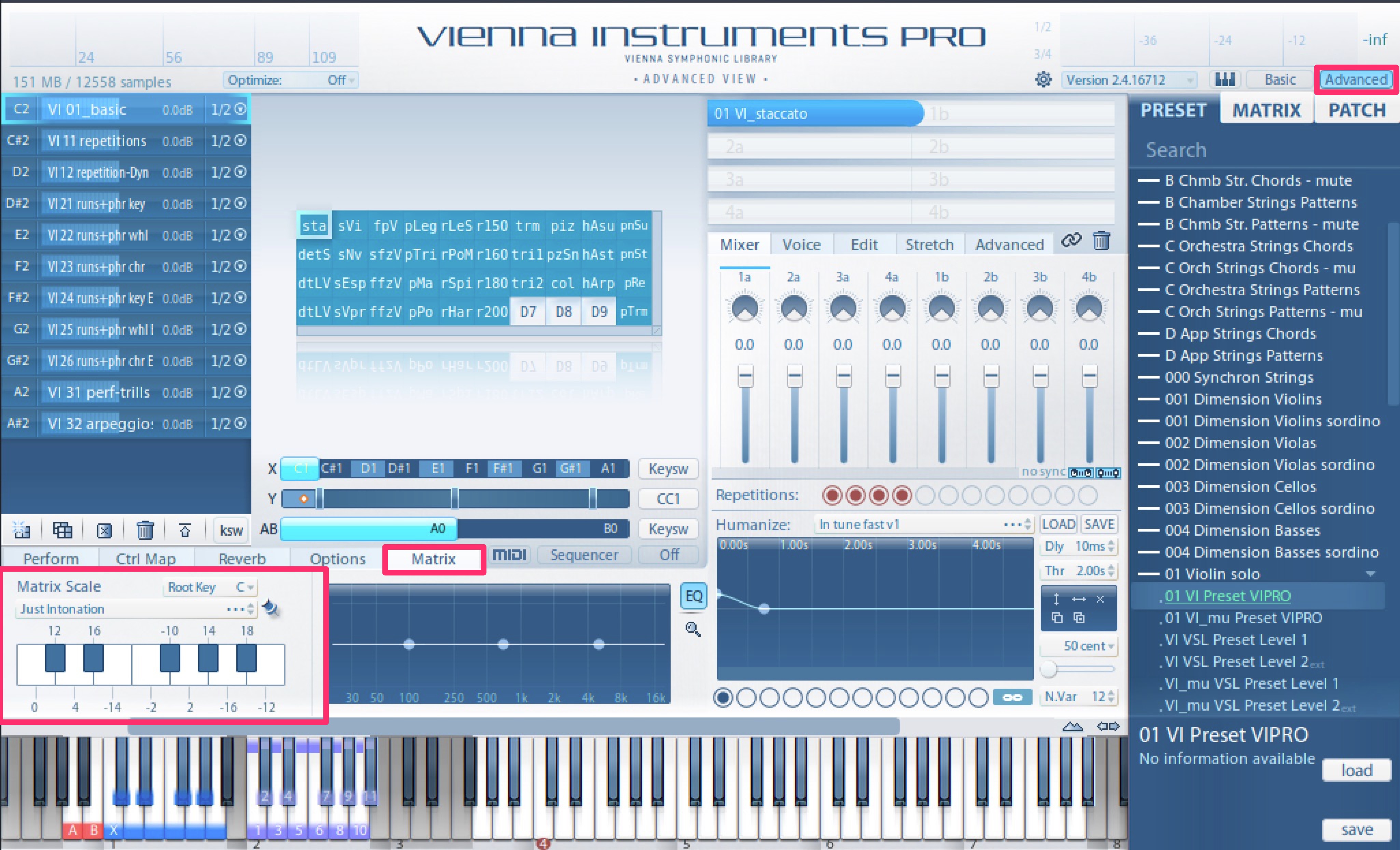Well I must examine the Dorico user manual more closely to see if I can set up cycle of 53 temperament - aka Mercator's Temperament (the mathematician, not the map-maker), the only temperament that can emulate PI while also doing a fair job of accommodating JI.
Have you actually listened to quarter, sixth and other similar idealised divisions of a tone? I've not found any that are anything more than idealistic mathematical conveniences - attractive to some music theorists but useless in actual music that people want to listen to. For example I still see amateur theorists today talking about Arabic scales using "quarter tones"; though in fact they do no such thing. It's just a regurgitation of some old, dogmatic and fallacious western music theory that didn't bother about empirical validation.
I'd urge anyone entering this field now to guard very carefully against being seduced by apparent mathematical conveniences.
And yes, Paolo, by now you should know I've long been painfully aware that all DAWs fight shy of fully bridging the great divide that still separates the electronic keyboard world from the real world of acoustic instruments as have been used in orchestras and other ensembles around the world for many centuries. All that history is not about to go away, nor be reshaped to become convenient and amenable to simplistic electronic mechanisms and trite arithmetic. That's been my position for a very long time.
[Update] I can't help but hear Grisey's work through the prism of decades of experience in my own experimental music dating back to the '70s. What I hear there is, sad to say, too unsophisticated for me to get even the least bit excited about. Sorry but that's just how it is.
And in my book, today's talk of so-called "spectralism" and "microtones" is skirting rather too close to snake oil. Alas there appears to be a marked tendency these days to try the "Elizabeth Holmes approach" to innovation - i.e. history, truth and cultural realities be damned; just get people to believe in the unicorn.
The only "microtones" I use are the Comma of Pythogoras the Comma of Didymus (aka Syntonic Comma). I've found that departure from these two leads to nonsensical Carrolian rabbit holes. I get by very well with 108 pitch classes in total (120 including ET).
On a positive note, many years ago I identified what I believe is a unique chromatic scale that includes these partials:
15, 16, 17, 18, 19 and 20. (the others are straight JI, if I recall right.)
The 17th and 19th partials are present in ET (where they're not exact but within 2c of the pure numbers); 17 giving the well known "Blue note" (as used so poignantly by J.S. Bach in his sublime BWV 721, and more recently in countless Blues songs), and 19 giving that exquisitely beautiful yet always somehow elusive minor third of ET.
Hope you give it a go, Paolo, I'd be interested to hear what you think.
